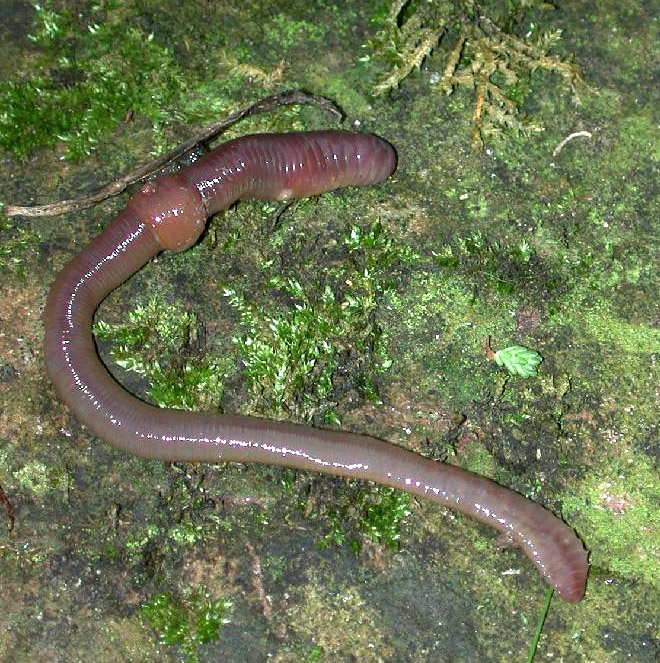|
Tubulaniformes
''Tubulaniformes'' is an order of worms belonging to the class Palaeonemertea. Families: * Callineridae Bergendal, 1901 * Carinomellidae Chernyshev, 1995 * Tubulanidae Bürger, 1905 References {{Taxonbar, from=Q109442195 Nemerteans ... [...More Info...] [...Related Items...] OR: [Wikipedia] [Google] [Baidu] |
Palaeonemertea
Palaeonemertea is a class of primitive nemertean worm. It may be para- or polyphyletic, consisting of three to five clades and totalling about 100 species. These worms have several apparently simple features and, as their name suggests, they are often considered to be the most primitive nemerteans. The primary body-wall musculature consists of an outer circular layer overlying a longitudinal layer. The group includes genera such as ''Cephalothrix'' in which the nerve cords are inside the body-wall longitudinal muscle, and '' Tubulanus'', in which the nerve cords are between the outer circular muscle and the epidermis. Tubulanids are commonly encountered in rocky areas of intertidal zones in the northern hemisphere. They are often bright orange or have very distinctive banding and or stripes and can be many metres long, although only a few millimetres thick. Taxonomy Chernyshev (2021) placed the group in its own superclass Pronemertea, and included the following three orders ... [...More Info...] [...Related Items...] OR: [Wikipedia] [Google] [Baidu] |
Worm
Worms are many different distantly related bilateral animals that typically have a long cylindrical tube-like body, no limbs, and no eyes (though not always). Worms vary in size from microscopic to over in length for marine polychaete worms (bristle worms); for the African giant earthworm, '' Microchaetus rappi''; and for the marine nemertean worm (bootlace worm), '' Lineus longissimus''. Various types of worm occupy a small variety of parasitic niches, living inside the bodies of other animals. Free-living worm species do not live on land but instead live in marine or freshwater environments or underground by burrowing. In biology, "worm" refers to an obsolete taxon, '' vermes'', used by Carolus Linnaeus and Jean-Baptiste Lamarck for all non-arthropod invertebrate animals, now seen to be paraphyletic. The name stems from the Old English word '' wyrm''. Most animals called "worms" are invertebrates, but the term is also used for the amphibian caecilians and the slow ... [...More Info...] [...Related Items...] OR: [Wikipedia] [Google] [Baidu] |
Tubulanidae
Tubulanidae is a family of primitive nemertean worms in the order Palaeonemertea. Characteristics Worms in this family have slightly flattened, rounded heads and approximately cylindrical bodies. Apart from the genera, '' Callinera'' and '' Carinina'', worms in this family have paired cerebral sensory organs located on either side of the constriction where the head joins the body. Some species are red or brown, often with distinctive white bands or longitudinal stripes, but others are small and so translucent that their cerebral organs can be seen through the skin. Genera The World Register of Marine Species The World Register of Marine Species (WoRMS) is a taxonomic database that aims to provide an authoritative and comprehensive list of names of marine organisms. Content The content of the registry is edited and maintained by scientific specialist ... includes the following genera in the group: * '' Callinera'' Bergendal, 1900 * '' Carinesta'' Punnett, 1900 * '' Carinina' ... [...More Info...] [...Related Items...] OR: [Wikipedia] [Google] [Baidu] |
